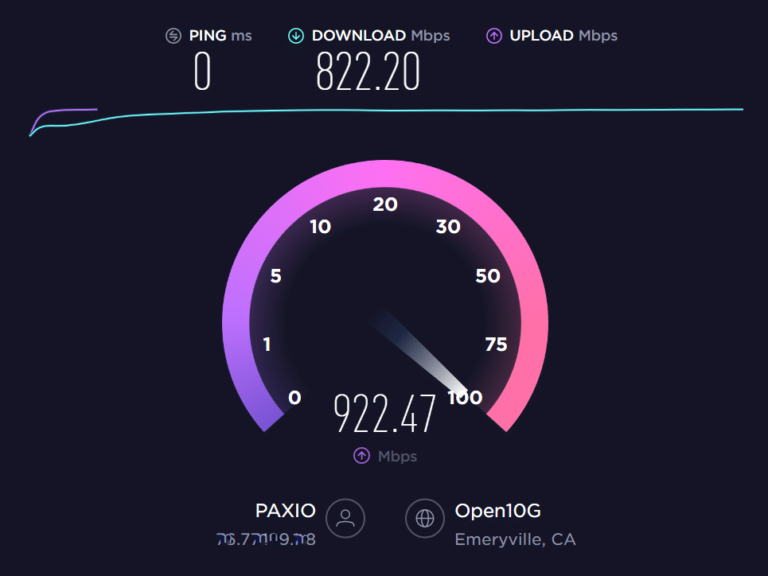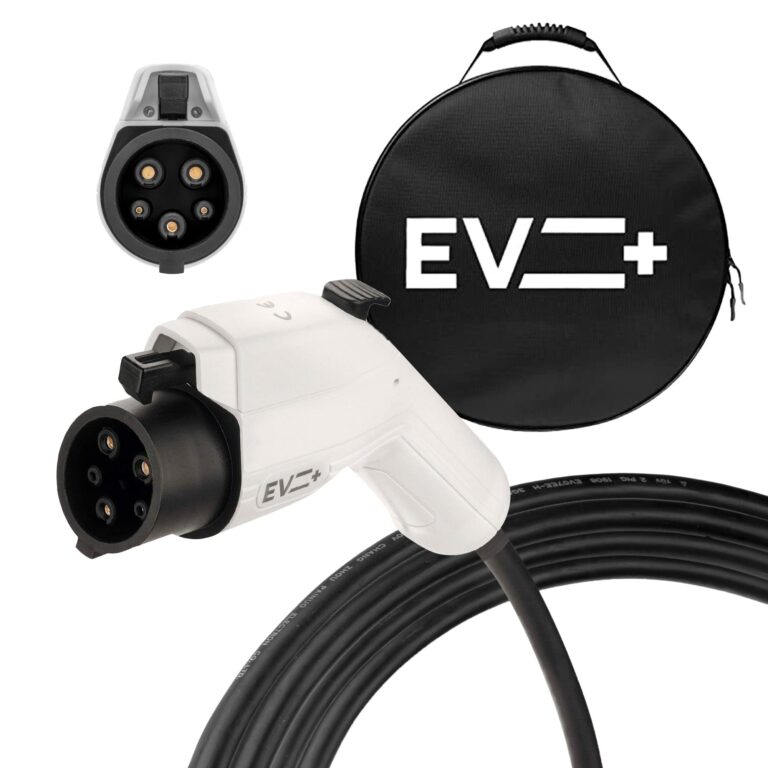How Does AOI Machine Work?
An Automatic Optical Inspection (AOI) machine is an automated system used to inspect the quality of a product or assembly. AOI machines use computer-aided vision and image processing technology to detect surface or internal defects. The machine uses cameras and sensors to analyze the product or assembly in real-time and detect any imperfections. AOI machines can identify a range of defects such as scratches, missing parts, incorrect parts, improper soldering, and incorrect placement of components. The machine can then alert the operator so the issue can be addressed before it is shipped to the customer.
What is an AOI Machine?
An AOI (Automatic Optical Inspection) machine is a type of automated quality assurance tool used in manufacturing to inspect and analyze products for errors. It uses advanced optical systems to scan and detect product defects, such as scratches, cracks, incorrect components or assembly errors. By automatically inspecting products, AOI machines can detect defects much faster and more accurately than manual inspections. This helps to ensure quality, reduce costs and improve production efficiency. AOI machines are becoming increasingly popular among manufacturers due to their accuracy and reliability.
How Does an AOI Machine Work?
An automated optical inspection (AOI) machine is a computing system used to inspect a variety of products for any defects. It utilizes a combination of camera systems, robotic arms, and advanced software algorithms to detect and classify defects in the products. AOI machines can detect a wide range of defects, from tiny scratches or cracks to larger issues like missing components. The machine works by taking images of the product, analyzing them, and then comparing the images to a set of predetermined criteria. If any of the criteria are not met, the machine will alert the operator. AOI machines provide an efficient, non-invasive way to detect defects in products, ensuring that only the highest quality products reach the end customer.
Benefits of Using an AOI Machine
An automated optical inspection (AOI) machine is a powerful tool in the production process for manufacturers of all sizes. An AOI machine helps to detect defects in components or products quickly and efficiently, saving time and money for businesses. It can scan components for any potential issues while also providing useful data for quality control. It can also be used to identify and measure features on the product such as dimensions, angles, and tolerances. An AOI machine can be programmed to check for defects in both high and low-volume production runs. This helps to ensure quality and accuracy in product manufacturing. Additionally, an AOI machine can be used to ensure the products are produced within the specified tolerance levels. With its high accuracy and speed, an AOI machine can be invaluable to businesses looking to reduce production costs and ensure the highest quality products.
Types of AOI Machines
AOI (Automated Optical Inspection) machines are an essential tool for modern industry, providing a fast and accurate way to inspect components for defects. They come in many different types, each offering its own advantages and capabilities. The three most common types are 2D AOI, 3D AOI and X-ray AOI machines. 2D AOI machines are used to detect surface defects on components. 3D AOI machines are able to detect both surface defects and internal defects, while X-ray AOI machines use X-rays to identify internal defects invisible to traditional AOI machines. Each type of AOI machine offers different capabilities and is suited for different applications, making them essential tools for any modern production line.
Applications of AOI Machines
AOI machines are an invaluable tool in modern manufacturing, offering a variety of applications in the production process. AOI stands for Automated Optical Inspection, and it refers to machines that use cameras and algorithms to detect and analyze defects in products. These machines are highly accurate, allowing for flaw detection and quality control in production. This means that products can be inspected quickly, efficiently, and accurately, leading to improved product quality and cost savings. AOI machines can also be used in reverse engineering and traceability, allowing for the detection of counterfeit products. With their ability to process large volumes of data quickly, AOI machines are an essential part of any modern manufacturing process.
Troubleshooting AOI Machines
Troubleshooting AOI Machines is a blog dedicated to helping users resolve common issues that arise from operating automated optical inspection (AOI) machines. Our blog provides step-by-step instruction and guidance for diagnosing and repairing faults within your AOI machines. With detailed explanations, helpful diagrams, and troubleshooting tips, our blog is the go-to resource for anyone looking to keep their AOI machines running smoothly. Whether you’re a new user or an experienced technician, our blog is sure to have the solution to any AOI machine troubleshooting needs. So if you’re having trouble with your AOI machine, look no further than Troubleshooting AOI Machines.
FAQs About the How Does AOI Machine Work?
1. What is an AOI machine?
An AOI machine (Automated Optical Inspection) is an automated machine that inspects printed circuit boards (PCBs) for defects such as missing components, incorrect components, and poor soldering.
2. How does an AOI machine work?
An AOI machine uses high-resolution cameras to take a picture of the PCB in order to detect any errors or defects. The machine then compares the image to a reference image to identify any discrepancies.
3. What are the benefits of using an AOI machine?
Using an AOI machine provides many benefits, such as improved accuracy, higher throughput, and cost savings. Additionally, it can detect errors that may be missed by manual inspection, resulting in higher quality boards.
Conclusion
AOI machines are an important part of modern manufacturing. They are used in the production process to detect defects in manufactured products. They use a combination of cameras, lasers, and software to identify and classify defects. By doing so, AOI machines help to reduce the number of defects in the final product, thus ensuring the quality and safety of the product. AOI machines are a valuable tool for any manufacturing process, and their use can drastically reduce costs and improve production efficiency.



